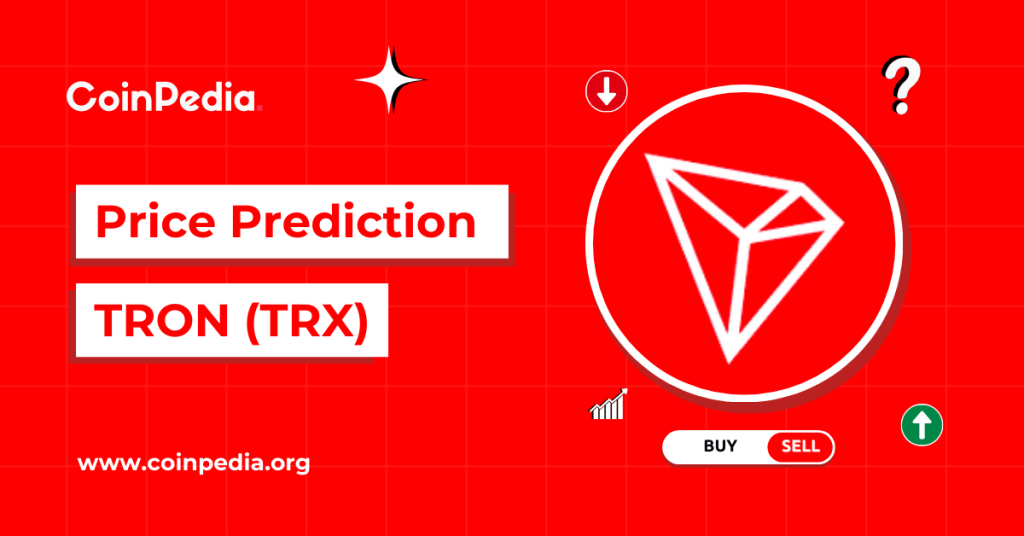Bitcoin’s Market Supply to Shrink by 42% by 2032, Says Fidelity
Fidelity estimates that 42% of the Bitcoin supply will become illiquid by 2032, which would mark a significant change in the scarcity and market dynamics.
Fidelity Digital Assets forecasts a substantial change in Bitcoin supply in the market in 2032. According to the company, almost 42 percent of the circulating supply of Bitcoin is.
Approximately 8.3 million coins will be put in an illiquid state, assuming the current accumulation patterns remain the same. This forecast indicates an increasing shortage due to an increase in coins out of circulation.
Illiquid supply is determined by fidelity as Bitcoin has not moved in seven or more years, and BTCs owned by publicly traded companies owning 1,000 or more BTC.
These groups collectively create a group of people who gradually gain more and more holdings every day. By the conclusion of 2025, they will hold more than six million Bitcoin, approximately 28 percent of the total amount.
The public companies are further reported to possess close to 1 million BTC, or approximately 4.6 percent of the supply of Bitcoin.
This revolution signifies the end of the period of plenty to the age of paucity. Early Bitcoin users thought of it as a free resource, and some of the faucets gave out coins without any charge in 2010.
Today, the institutional demand and limited fixed supply introduce a scarcity relationship that may drive prices up. This trend is increased by the fact that public companies and long-term holders seem focused on keeping Bitcoin instead of selling it.
Holding Surge by Public Companies Lead.
Institutional adoption is a significant move towards increasing illiquid supply. There are 1,000 or more Bitcoins in the possession of over 100 publicly traded companies.
There was a 35% upward jump in institutional purchases in early 2025 alone, which is indicative of bigger corporate treasury plans. The holdings of this cohort are more than 969,000 BTC, worth more than 100 billion by the middle of 2025.
Notable companies such as Bitcoin Standard Treasury and Riot Platforms are contributing to the increase of corporate impact on the supply of Bitcoin on the market.
The rise in corporate holdings is also a factor in the tightening of supply. Fidelity appreciates the consistent quarter-to-quarter increase in these illiquid holdings as opposed to the volatile retail activity.
This increasing scarcity may impact the price volatility and the market structure in the future.
A New Era of Bitcoin Scarcity
The increasing illiquid supply of Bitcoins is an indicator of a structural change. Long-term loyal customers and corporate treasuries with cash are eliminating huge portions of Bitcoin in circulation.
This tendency could be fastened as the institutional interest increases and has the potential of becoming adopted by the nation-state in the future.
Fidelity warns, though, that concentrated ownership may be risky. Big players can choose to move in and out at any time and cause shocks in the market.
However, there are already signs that the majority of holders are more likely to accumulate, which is why the narrative of scarcity that shapes the future of Bitcoin is becoming increasingly popular.
This changing environment is paramount to investors. Supply limitations could fuel price appreciation and volatility as Bitcoin shifts to scarcity. Investors will respond to tighter supply, which will affect Bitcoin’s position as one of the most popular crypto assets.
You May Also Like

U.S., U.K., and Australia Impose Sanctions on Russian Cybercrime Networks

Tron Price Prediction 2025, 2026 – 2030: Can Tron Reach $1 in 2025?
